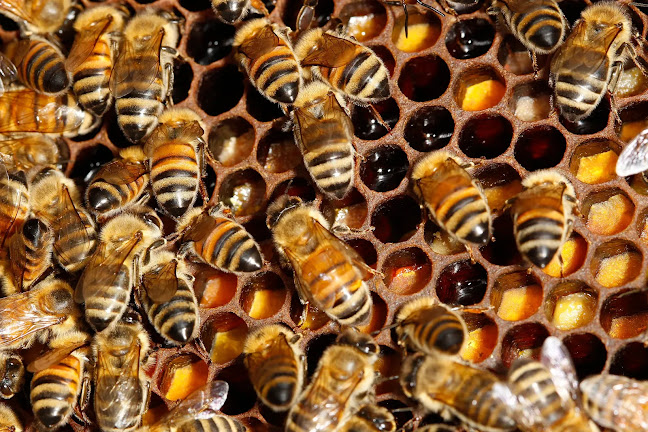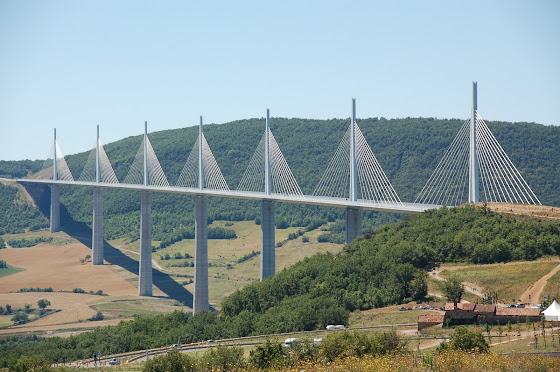Poisson d'avril!

Poisson d’avril ( April’s fish ) is the French equivalent of an April Fool. It appears that the origin of the practice of calling someone a fool on the first of April can be traced back to the XVI century. During this period, King Charles IX moved the country from the Roman to the Gregorian calendar. Prior to this, New Year’s Day was celebrated at the end of March. Those who were slow to catch up, including many who ignored or protested against the change, continued to celebrate New Year around the 1 st April. These people were regarded as “the fools” and subjected to ridicule. According to the legend, the actual expression of “ poisson d’avril ” (April’s fish ) dates back to one of the first pranks played on this day. A man was sent to the market to retrieve fish on the 1 st April. Unknown to him, the fish season ended in March and as he returned tired and empty handed, he earned the title of the poisson d’avril ( April fish ). The tradition continues toda...




